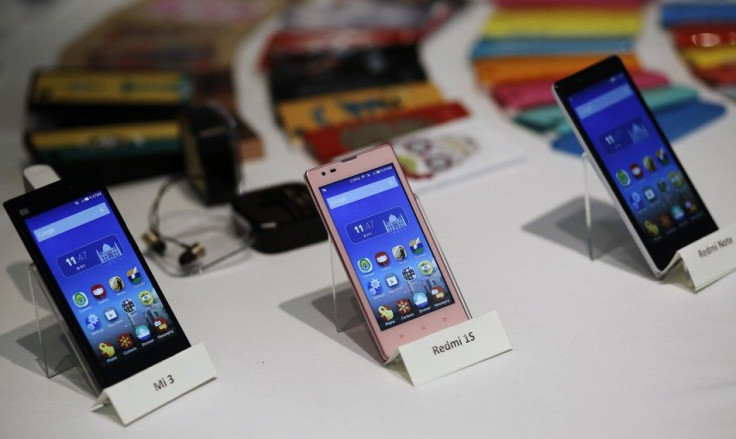Apple iPhone 6 Is Not Behind Samsung’s Downfall, The Real Achilles' Heel Is Xiaomi--Reports

The year 2014 has not turned out to be favourable for the South Korean conglomerate. Samsung's smartphone profits have been on a downhill all throughout the year, whereas Apple is ascending with its iPhone 6 and iPhone 6 Plus sales. In case, readers thought the problem with Samsung is mainly due to the skyrocketing iPhone 6 sales, the truth cannot be any further. Apparently, the low-cost vendor, Xiaomi has snapped up the big chunk of Samsung's market share.
According to a new report from Reuters, the smartphone competition is so cutthroat that, even with good sales, the manufacturer Xiaomi has only managed to make operating margins of less than 2 percent. Interestingly, Xiaomi generated approximately $4.3 billion in revenue, specific to 2013. However, the company was able to amass a profit of only $56 million. The operating margin, on the other hand, stood at only 1.8 percent, says BGR.
Needless to say, it is a worrisome trend. Bryan Wang, an analyst from Forrester, said the following on Xiaomi, "They're [Xiaomi] growing so fast and so lean, I wouldn't be surprised even if they were losing money." "The current market is so competitive that I don't think it's sustainable without consolidation," he added further, when asked about the operating business model by Reuters.
Why Can't Xiaomi Make Good Profits?
In order to explain why Xiaomi is not making money, even with good sales figures, look at the case of the entry-level Xiaomi Redmi 1S smartphone: The Redmi S1 comes with a 4.7-inch display, a good 8 MP rear-facing camera unit, a 1.6 MP front-facing camera for selfies and it is powered by a 1.6 GHz quad-core processor. With good configuration, the Redmi 1S will set the buyers back by only $120, without a contract. This means, Xiaomi has added every configuration the company could possibly think of for a wallet-friendly handset and sells the handset at dirt-cheap price.
On the other hand, the Samsung Galaxy Note 4 competitor, the Xiaomi Redmi Note, features a good 5.5-inch display and a solid 13 MP rear-facing camera unit. And to top it off, an octa-core processor powers the device. But then, the Redmi Note costs only $160, without a contract.
The question that comes to everybody's mind is that - Can this business model be sustainable in the long run? Will Xiaomi be able to churn out smartphones bundled with high-end features at dirt-cheap rate forever? Certainly the company is doing alright now, but how long will it pull through? Although, there is no answer to the aforesaid questions, without a doubt, Xiaomi with its operating model has ruined the business of established OEMs like Samsung, notes BGR.
Also Read
1. TAG Heuer Smartwatch In The Works To Tackle Apple Watch, As Release Date Approaches - [Read]
2. Thanks To Russian Ruble's Sharp Fluctuation, Apple Shuts Online Sales in Russia To Revise iPhone 6 Price - [Read]
3. BlackBerry Passport: 11 Hilarious Hurdles Users Must Overcome To Appreciate The Square Device - [Read]






